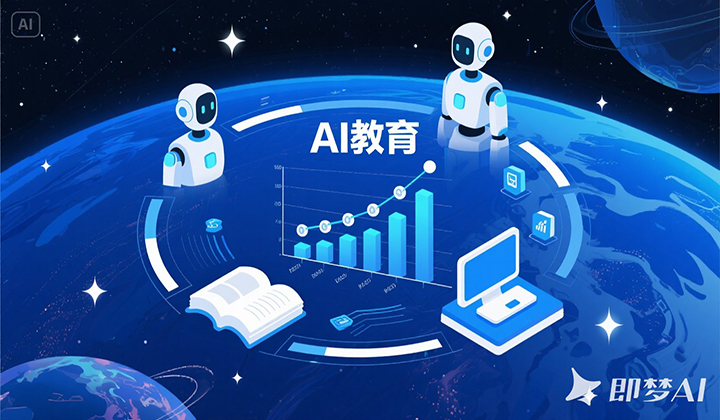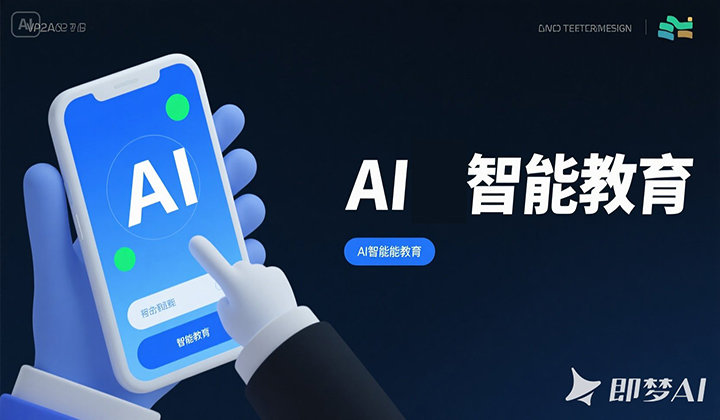The commercialization dilemma of cutting-edge AI technology
Artificial intelligence technology is breaking through the boundaries of laboratories at an astonishing speed, but it has repeatedly failed in the "last mile" of commercialization. From autonomous driving to quantum computing, from generative AI to biopharmaceuticals, technology leaders often fall into the dilemma of "hot concept, cold landing". Behind this is a profound contradiction between technological logic and business laws, and it is also the necessary path for cutting-edge technology to transform from a "laboratory darling" to a "market survivor".
1、 The 'commercialization paradox' of technology leaders
The mismatch between technological advantages and market demand
Case: The computing power consumption ratio developed by a certain AI chip startup far exceeds that of Nvidia, but due to the inability to adapt to existing data center architectures, customers prefer to choose mature solutions.
Essence: Frontier technologies often focus on breakthrough indicators such as accuracy and computing power, while ignoring the rigid market demands for compatibility, cost, and scenario adaptability.
The cliff between R&D investment and commercial returns
Data: Training a multi billion parameter large model requires tens of millions of yuan, and the average order value of enterprise level AI solutions is often less than one million yuan, making it difficult to cover marginal costs.
Dilemma: Technological leadership requires sustained high investment, but the initial market size in commercialization is insufficient to support the R&D cycle, leading to a death spiral of "burning money financing burning money".
Technology Black Box and Trust Crisis
In the medical field, the FDA has rejected multiple applications for the marketing of auxiliary diagnostic and treatment software due to its inability to verify the decision-making logic of AI diagnostic models.
In the financial sector, after banks adopted AI risk control models, they were required by regulators to "manually review" due to a lack of interpretability, resulting in a decrease in actual efficiency instead of an increase.
2、 The fatal obstacle of the 'last mile'
Fragmentation of scenes and lack of standardization
Manufacturing industry dilemma: The accuracy rate of industrial visual inspection algorithm in Factory A is 95%, but it drops sharply to 60% due to lighting differences in Factory B, requiring retraining of the model.
Core contradiction: Frontier technologies rely on large-scale data training, but vertical industry data is scattered in "data islands", and standardized labeling costs are high.
Ecological chain rupture and competition for discourse power
The paradox of autonomous driving: car companies need high-precision maps, and map vendors rely on car company data iteration. The two sides are deadlocked due to disputes over data ownership.
Platform monopoly: Cloud computing vendors package AI tools as "out of the box" services, leading to small and medium-sized enterprise technology becoming subservient and losing bargaining power.
The Grey Zone between Policy and Ethics
Facial recognition ban: After the promulgation of China's Personal Information Protection Law, dozens of AI security companies were forced to transform, and hundreds of millions of yuan in investment were instantly reduced to zero.
Ethical risks: Technologies such as gene editing and deepfakes have crossed ethical boundaries, and the pace of commercialization has been hijacked by social acceptance.
3、 Breakthrough Path: From "Technology Worship" to "Market Symbiosis"
Refactoring Technology - Business Alignment Mechanism
Reverse development mode: Tesla collects user driving data through "shadow mode" and directly optimizes autonomous driving algorithms, rather than building in isolation.
Modular design: SenseTime breaks down the underlying algorithms into universal modules (such as facial recognition and vehicle detection), supporting customers to combine them as needed and reducing adaptation costs.
Building an ecological business model
Platformization strategy: NVIDIA binds developers through the CUDA ecosystem, making GPUs the standard for AI computing power rather than simply selling hardware;
Alliance style breakthrough: Chinese new energy enterprises collaborate with automobile companies, battery factories, and power grid companies to build a "vehicle pile network" data loop, sharing the research and development risks of AI scheduling systems.
The synergistic catalysis of policy and capital
Sandbox regulation: Singapore's Fintech Authority allows AI credit models to trial and error within restricted limits, collect real-world data for iterative optimization;
Patient capital: The EU's "Digital Decade Plan" has established a special fund, requiring investment institutions to tolerate an 8-10 year incubation period for AI startups.
4、 Future revelation: Technological leadership is just the starting point
The commercialization of cutting-edge AI technologies is essentially a marathon like system engineering. OpenAI was able to break through with ChatGPT not only due to technological breakthroughs, but also because of its early API collaborations (such as Microsoft) that accumulated real-life feedback; Tesla's leading position in autonomous driving relies on its ecological strategy of continuously optimizing algorithms through massive user data.
Crossing the 'last mile' requires technocrats to let go of their arrogance and gain a deeper understanding of market logic; Business leaders need to embrace technological change instead of sticking to traditional interests. Only by resonating between technology and business, balancing innovation and regulation, can AI truly transform from a "laboratory miracle" to an "industrial revolution".














